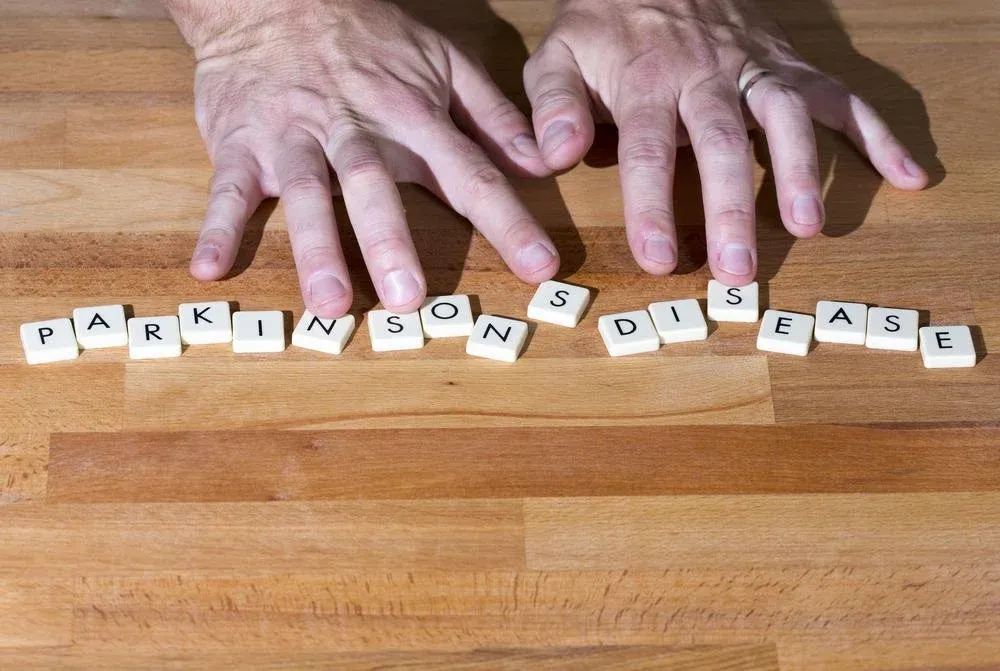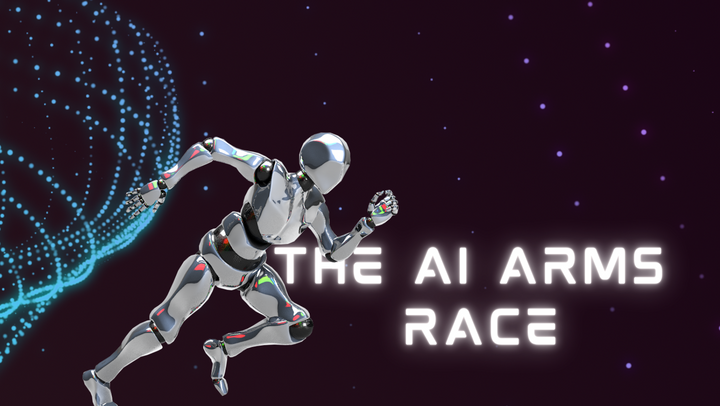Future of Healthcare - AI Detecting Parkinson's

Forward:Thinking is a series that will feature stories about my ventures into real estate, esports, blindness, poverty, artificial intelligence and everything in between. This entry features details on how AI is improving healthcare.
A device developed by MIT uses a neural network to find the presence and severity of one of the most prevalent neurological diseases in the world.
Parkinson's disease is one of the most difficult diseases to diagnose as it is completely reliant on the appearance of systems such as tremors, slowness and stiffness of the body. Whilst these systems are clear signs of the disease, the symptoms can often show a long time after the onset of the disease.
Recently, Dina Katabi, a Thuan and Nicole Pham Professor from the MIT Department of Electrical Engineering and Computer Science, alongside her team, have developed an artificial intelligence model that can detect Parkinson's disease just by analysing breathing patterns.
Katabi and the team have developed a tool that is powered by a neural network. A neural network is a series of algorithms that can mimic the way a person's brain works. This is then able to be trained to learn how severe the disease is in an individual and also track the progression of Parkinson's. The neural network was trained by MIT PhD student Yuzhe Yang and postdoc Yuan Yuan.
Over the last decade, researchers have searched for other ways to detect and track Parkinson's disease. Other potential methods include using cerebrospinal fluid and neuroimaging, however, these methods are highly invasive and costly. The lack of access to such methods would ultimately cause various issues.
The team have built a device that is similar to a Wi-Fi router. The device is to be placed in a person's home and can track a person's breathing patterns as they sleep. It works by emitting radio signals and analysing their reflections on the surrounding environment. It then extracts the sleeping persons breathing patterns without any kind of contact. This signal is then fed through the breathing network to be assessed.
With Parkinson's being the fastest growing neurological disease in the world and the second most common, advancements in understanding the disease is critical.
For more information on Tej Kohli as a philanthropist visit tejkohliruit.com and to read more of his views go to his Medium.
To read about Tej Kohli as an investor visit Kohli Ventures.
Find out more about Tej Kohli: Tej Kohli the technologist investing in human triumph, Tej Kohli the philanthropist trying to cure the developing world of cataracts and Tej Kohli the London tycoon with a generous streak.
| Follow: Twitter | Instagram | LinkedIn | Facebook | YouTube |




Comments ()